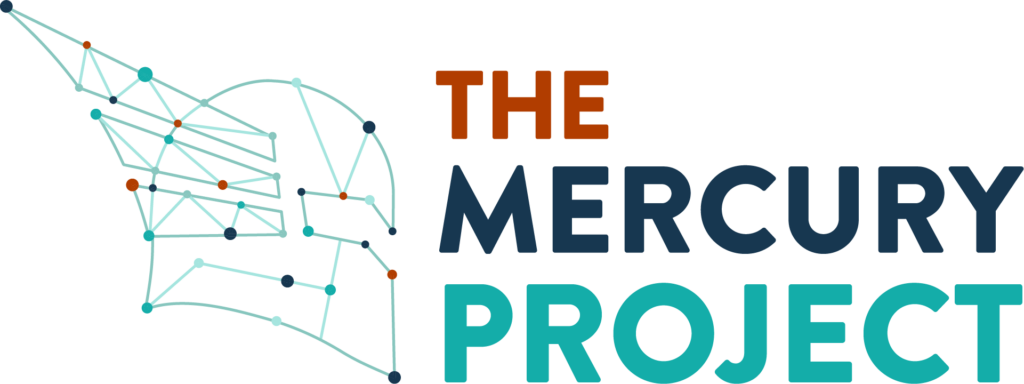The Mercury Project is a consortium of social and behavioral scientists and practitioners pursuing cost-effective and scalable interventions to support science-based health decision-making. Teams in the Mercury Project consortium are committed to policy-relevant and solutions-oriented social and behavioral science, including ensuring that research findings inform policy and priority-setting. To support this effort, we have compiled a researcher checklist based on existing evidence about how best to ensure the uptake of research evidence by decision-makers.
Building a team
- The research team included local research partners (Kremer et al. 2021)
Designing or refining an intervention
- Intervention was designed with input from implementing organization/s (Kremer et al. 2021)
- Intervention has low and non-increasing unit costs (Kremer et al. 2021)
- Intervention can be implemented using existing distribution channels (Kremer et al. 2021)
- Intervention is part of an implementing organization’s pre-existing workflow, or there is a plan to proactively support evidence uptake after the study’s conclusion (DellaVigna et al. 2022)
Sharing Results
- Decision makers will be shown not only point estimates but also information about the range of effect sizes and sample sizes (Vivalt and Coville 2023)
- Evidence of impact will be presented to decision makers for multiple alternative programs simultaneously, using simple heuristics like cost per person impacted (Toma and Bell 2023)
- The team presenting evidence of impact to decision makers will include a local expert (Vivalt, Coville, and KC 2023)
- Evidence of impact will be presented to decision makers in-person (Hjort et al. 2021)
- Evidence of impact will be presented to decision makers by members of the research team, using a clear and accessible description of the study design (Nakajima 2022)
- Evidence of impact will be disseminated from national to local decision makers via evidence briefings shared by national-level decision makers (Rogger and Somani 2023)
References
DellaVigna, Kim, and Linos. (2022). Bottlenecks to evidence adoption. Working paper.
Hjort, Moreria, Rao, and Santini. (2021). How research affects policy: Experimental evidence from 2150 Brazilian municipalities. American Economic Review, 111, 5.
Kremer, Gallant, Rostapshova, and Milan. (2021). Is development economics a good investment? Evidence on scaling rate and social returns from USAID’s innovation fund. Working paper.
Nakajima. (2021). Evidence-based decisions and education policymakers. Working paper.
Rogger and Somani. (2023). Hierarchy and information. Journal of Public Economics.
Toma and Bell. (2023). Understanding and increasing policymakers’ sensitivity to program impact. Working paper.
Vivalt and Coville. (2023). How do policymakers update their beliefs? Journal of Development Economics.
Vivalt, Coville, and KC. (2023). Weighing the evidence: Which studies count? Working Paper.
Acknowledgements
Thank you to Aiden Coville, Dave Evans, and Stefano DellaVigna for thoughtful conversations and suggestions to this checklist.

